Community-led conservation is an approach that empowers local communities to participate actively in the protection and management of their natural resources. This method is particularly significant for the conservation of big cats, which are often threatened by habitat loss, poaching, and human-wildlife conflict. By engaging communities, conservation efforts become more sustainable and effective. In this article, we will explore various facets of community-led conservation for big cats across different regions.
Why Big Cats Need Our Attention

Big cats, including lions, tigers, leopards, and jaguars, play a crucial role in maintaining ecosystem balance as apex predators. However, they face numerous threats, such as habitat destruction, illegal hunting, and human-wildlife conflicts. These challenges highlight the need for innovative conservation strategies, like community-led efforts, to ensure their survival and the health of their ecosystems.
The Role of Local Communities in Conservation

Local communities are usually the first line of defense and witness to changes in their environment. By involving them in conservation efforts, these communities can provide valuable knowledge about local wildlife and ecosystems which can lead to effective monitoring and protection strategies. Community involvement also ensures that conservation initiatives respect local needs and cultural practices, making them more sustainable in the long term.
Benefits of Community-Led Conservation
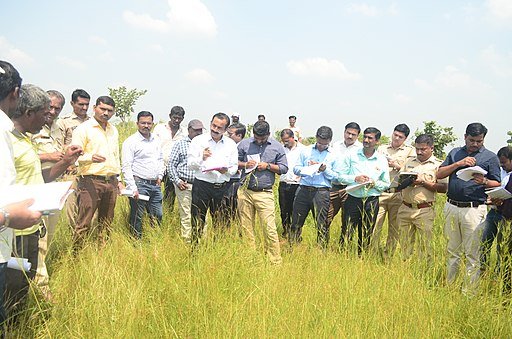
Community-led conservation offers numerous benefits. It can enhance community livelihoods by creating job opportunities in ecotourism and wildlife monitoring. It also fosters environmental education, promoting a sense of ownership and responsibility among community members. As communities see tangible benefits, their support and participation in conservation efforts increase, leading to better outcomes for big cats.
Case Study: Snow Leopards in the Himalayas
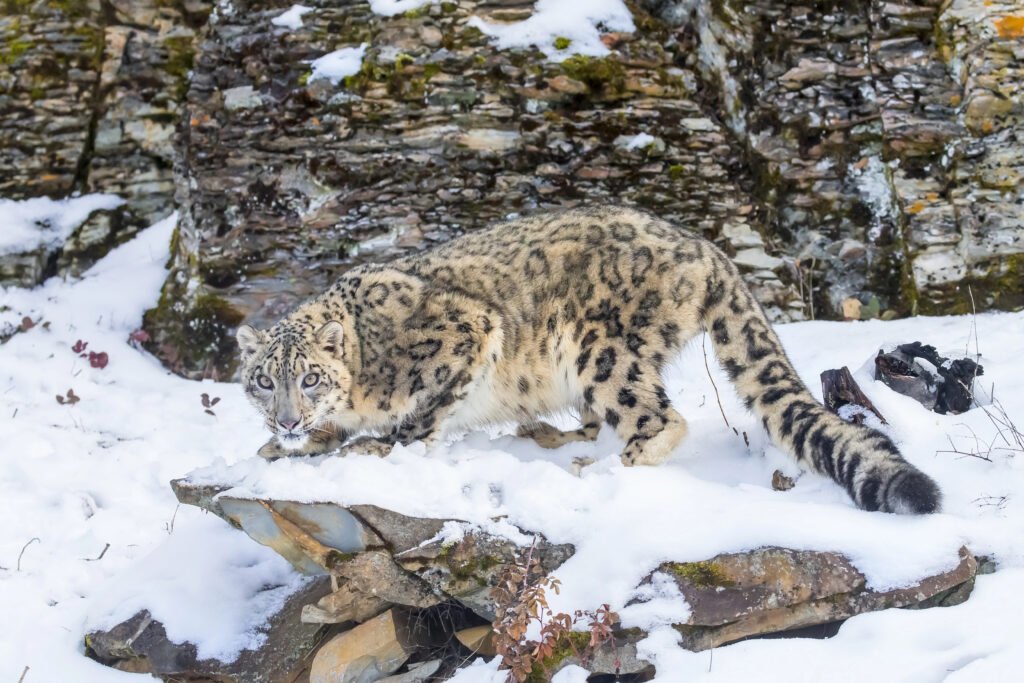
In the rugged mountains of the Himalayas, communities have successfully led efforts to conserve snow leopards. Through initiatives like the Snow Leopard Conservancy, local villagers participate in monitoring snow leopard populations and engage in alternative livelihood programs. These efforts have reduced poaching and livestock losses, while also fostering coexistence between humans and leopards.
Case Study: Lions in Kenya

In Kenya, the Maasai people have been integral to lion conservation through programs such as the Maasai Lion Guardians. The project involves training local Maasai warriors, known as morans, to track and protect lions instead of hunting them. This shift in role from predators to protectors has been key to increasing lion populations and reducing human-lion conflicts.
Challenges in Implementing Community-Led Conservation
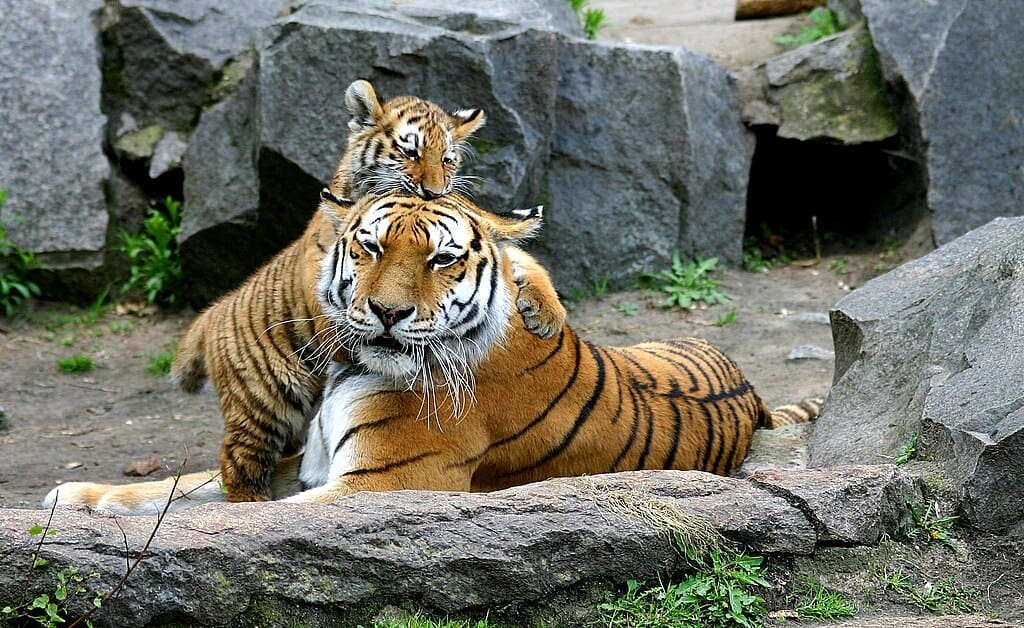
Despite its benefits, community-led conservation is not without challenges. These can include securing long-term funding, overcoming cultural resistance, and dealing with political instability. Ensuring equitable benefit distribution within communities and maintaining interest and motivation in the face of slow conservation progress can also be difficult aspects to manage.
Technology in Support of Community Efforts
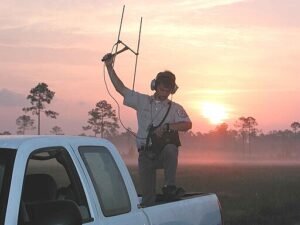
Technology plays a transformative role in community-led conservation. Tools such as GPS tracking, camera traps, and mobile applications for data collection empower communities to monitor big cat populations more effectively. Additionally, technologies that facilitate communication and data sharing can enhance collaboration between communities, researchers, and conservation organizations.
Education and Awareness Campaigns
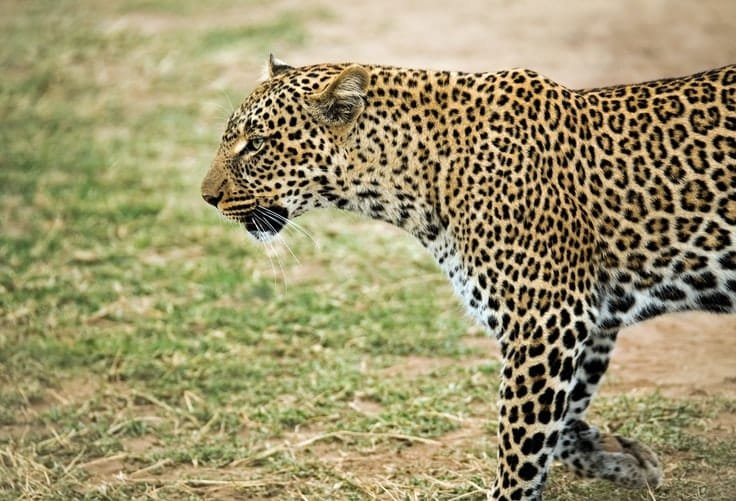
Education is vital to the success of community-led conservation. Informing communities about the ecological importance of big cats and the benefits of conservation can lead to greater participation and commitment. Awareness campaigns through schools, workshops, and media can shift perceptions and encourage more sustainable practices that benefit both people and wildlife.
The Future of Community-Led Conservation
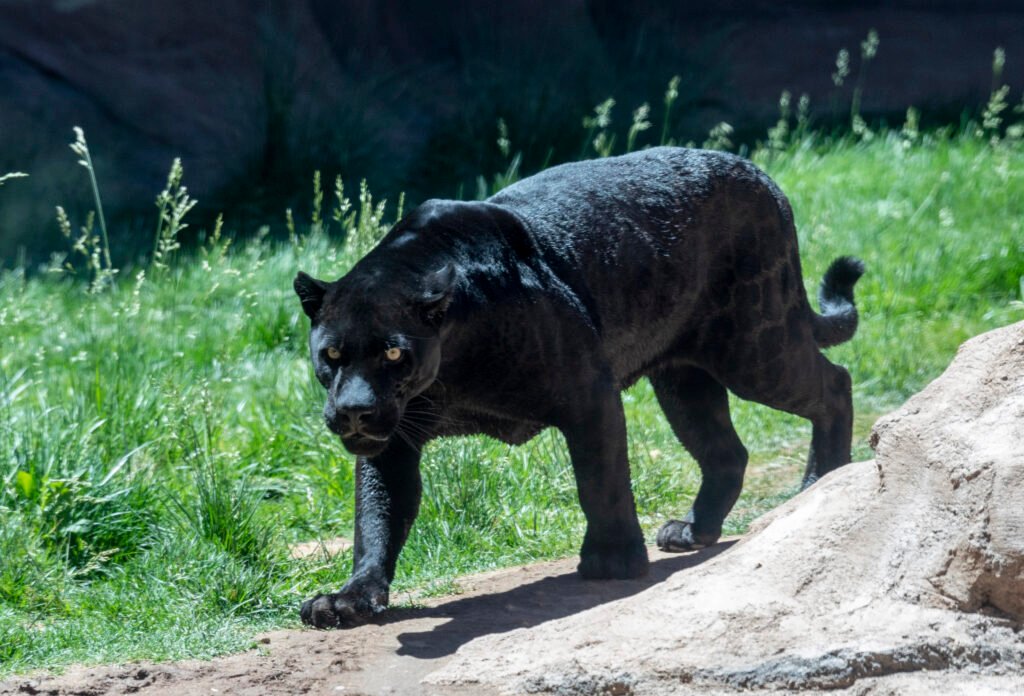
The future of community-led conservation for big cats lies in adaptive management, continuous learning, and innovation. Building resilience to climate change, expanding networks of protected areas, and fostering collaborations between governments, NGOs, and communities will be essential. With these strategies in place, community-led efforts can continue to contribute significantly to the preservation of big cat species globally.
Conclusion

Community-led conservation holds immense promise for the future of big cat populations and their habitats. By involving local communities, conservation initiatives are not only more effective but also more equitable and sustainable. Through education, technology, and innovative partnerships, communities worldwide are stepping up as crucial allies in the fight to save these majestic predators and ensure the health of our planet’s ecosystems.






